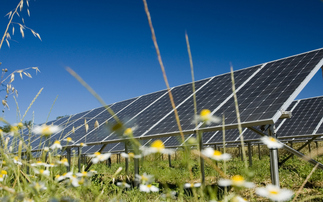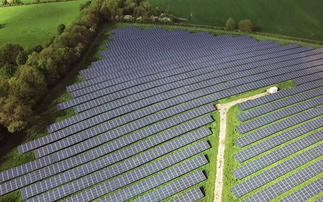Governor Cuomo's latest State of the State address includes plan to reduce "soft costs" of solar power for schools
The State of New York is to move a step closer to becoming energy independent, after unveiling fresh plans to boost the region's rooftop solar power market.
Governor Andrew Cuomo last week used his annual State of the State address to detail how he plans to expand his high profile NY-Sun initiative.
Since launching NY-Sun in 2011, New York state has seen solar capacity quadruple, far exceeding a target to merely double deployment. But the next phase of the project is now aiming to push solar technologies firmly into the mainstream by making it easier for communities and schools to fit solar panels.
Cuomo is now set to launch K-Solar, a new scheme aimed at helping schools tackle the "soft costs" of installing solar, such as securing planning consent and grid connection agreements.
"Despite massive growth in this industry, there are still opportunities to expand solar energy into new markets," Cuomo's plans stated. While virtually every New Yorker pays for renewable energy programmes through surcharges on their utility bills, private solar installers have offered their services to only a fraction of the state's population, the new plan stated.
"Of the nearly 5,000 public schools in the state, many are prime candidates for solar energy but have not been able to navigate the bureaucratic channels to finance it through potential energy savings," it added.
NY-Sun is part of a wider push by Cuomo to boost the state's energy security and reduce costs, that also includes developing livestock biogas projects for its upstate dairy industry and launching a $1bn Green Bank to boost investment in renewable energy technologies.
Cuomo also proposed a $17bn investment programme to boost New York's resiliance against extreme weather events, such as Superstorm Sandy, Hurricane Irene, and Tropical Storm Lee.
The strategy will include plans to replace or repair more than 100 bridges at risk of flooding, boost back-up power supply capacity, and create "microgrids" for communities and buildings that are designed to prove more resilient to extreme weather impacts.
He also confirmed that the state will expand a $650m programme for communities to create storm resilience plans and improve weather detection systems.








